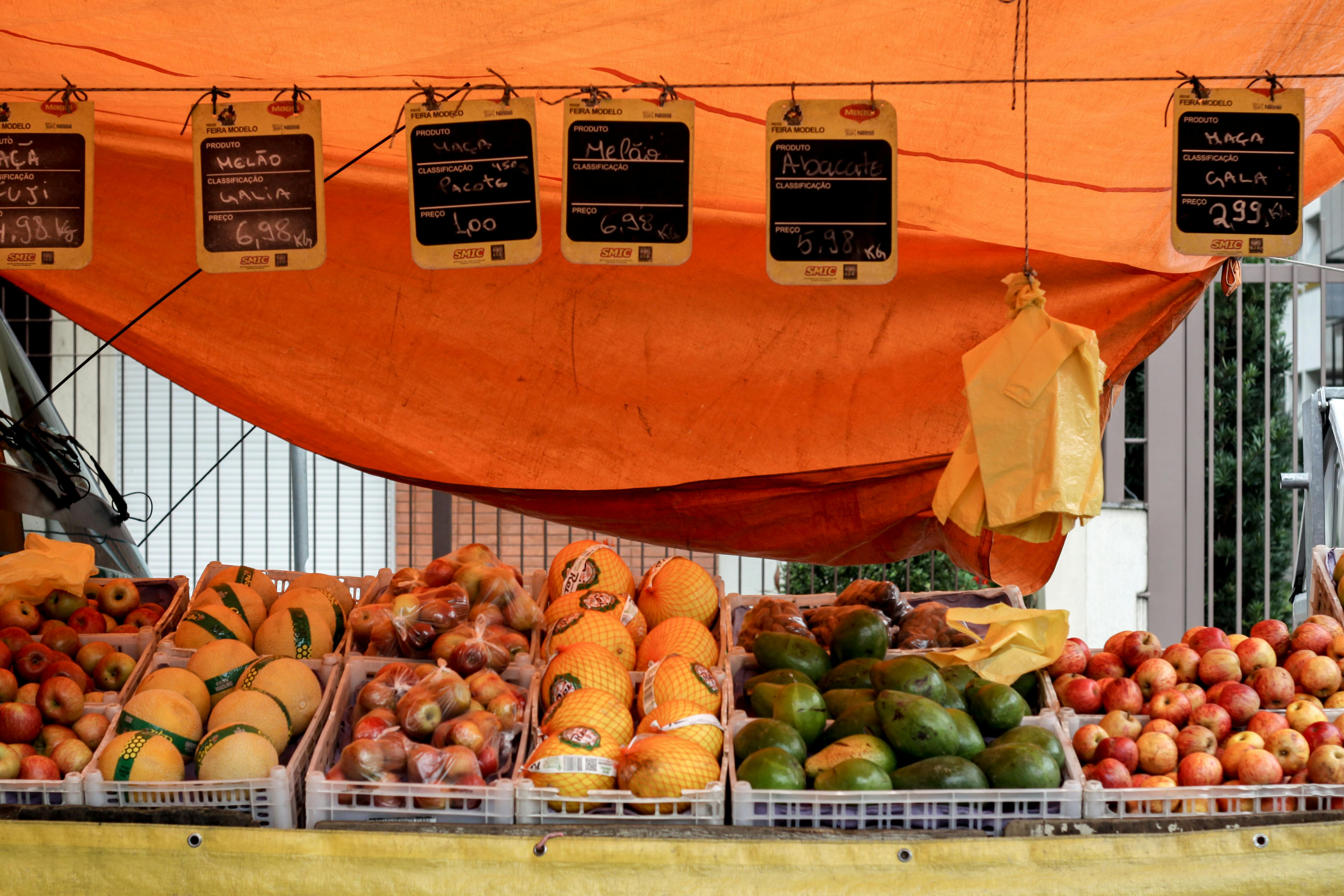If there’s one thing that tops the list when it comes to high intensity training, it’s the matter of maximum progress. Due to the intensity of failure and beyond, the body can quickly slip into a state of overtraining. You must understand how to manage your progress. This has led me to create hybrid routines that incorporate high intensity low stress techniques that incorporate advanced high intensity techniques that in many cases are high stress but super effective for maximum progress in the shortest period of time.
STRESS
Stress is one of the main contributing factors to overtraining because most do not take into account all the different types of stress that the body faces, both good and bad, that affect recovery ability. Let’s take a moment to understand in a simplistic way how the body creates muscle. But first let’s establish some ground rules …
1- The training must be intense to stimulate muscle growth.
We really don’t know what percentage of intensity is needed to better stimulate muscle growth … is it 80% or 94% … which is it? So 100% is a reasonable place to start because we are asking the body to adjust to something it has never done.
If you do the same thing over and over again, you don’t need to change it. This is why you see people in the gym who never change!
2- The training should be brief.
Because we have the ability to increase our strength by 400% or more … however, our resilience can only increase by 50% … we must be very aware of what is minimally required to stimulate an increase .
Since the body is very intelligent, it is not necessary to stimulate over and over again with endless sets or an exercise. You only need to do it once. More than is minimally required to stimulate this surge, while the adaptive machinery is kicking in, you are downplaying the recovery and overcompensation process, which can only be considered overtraining.
Once an exercise is established, it is all that is required. It’s not about how many you do, but how you do it.
3- Training must be infrequent to allow for the increase.
It is no secret that after training intensely something has been taken away from you. You can feel it coming out of the gym when you’re done … if you really trained to failure in an intense workout. Don’t confuse volume with intensity. They are opposites.
That is exactly what has happened. When you do a high intensity workout, you dig a trench in your system’s resilience. This is a good analogy and it will make sense to you.
Since the body recovers as a whole and not by part of the body, which most trainees still don’t realize, the necessary rest before placing the muscle is based on a two-step process … recovery and overcompensation.
If you return to the gym before you have accommodated both processes, you are short-circuiting your progress and it is very likely that you are going into a state of overtraining.
This process can take 4-5 days for a beginner … up to 7-14 days for an advanced athlete. You must first fill the trench before you can build on it. Once the trench is filled, what’s left goes to building the mountain or, as we say, putting on muscle.
You need to be at 100% first before you can be at 120% or in other words, until you have compensated for the exhaustive effects of the workout, you will not put on any additional muscle. So how do we know when to train?
THE TWO DAYS RULE
This is possibly the most important concept you will learn if you are a high intensity training athlete. Here it is in a nutshell … Once you feel 100% energetic again and you are your great feeling, then and only then, insert two more days of rest before hitting the gym for your next workout. .
The reason for this is simple. You’ve 100% made up for it, but we’re not here to cover the expenses, are we? No, we are here to make strength and muscle gains match our genetic potential. To do this we must be vigilant and “Ride the Lightning” without getting burned … which brings me to my next topic and that is …
How to incorporate high intensity training techniques without tipping the scales on stress, allowing you uninterrupted progress
HYBRID WORKOUTS
We hear a lot about hybrids these days.
There are hybrid boats that use electric motors, but powered by a diesel generator that allows for a larger reserve of fossil energy while propelling the boat efficiently and quickly to its destination.
There are hybrid cars that do the same and allow for higher mileage without affecting the oil supply as strongly as it would if they were running monster 500 cubic inch engines under the hood. This is not very different from what we are doing here.
What we are doing here is combining a high intensity low stress technique with infrequent high intensity high stress techniques that allow for stronger and longer contractions in most cases, allowing for more adaptation and progress.
As one grows and becomes stronger, the body requires a more intense contraction to move from its status quo to a place it has not been. The thing to keep in mind is this … as stated above, the stronger you get, the more infrequent and brief your workout should be.
Many athletes, because they do not understand how to insert these more effective techniques and do not interpret their body correctly, generally avoid them because they inevitably overindulge.
There are many types of intensity techniques; here are a few that I like …
Forced repetitions
Rest pause
Omnidirectional contraction
Negative
Pre-exhaustion
The contraction is maintained
Each of these goes beyond failure and therefore … increases the intensity. However, there is a couple who have less stress than the rest.
I am going to give an example of how you could proceed using low stress and higher technical stress in a routine workout divided into 4 sets. We will be using:
1- Pre-exhaustion (under stress): physical education is done starting with an isolation exercise and moving without rest directly to a compound exercise, whereby the target muscle is previously exhausted with isolation and then fresh muscle is used to push the target muscle past the point creating an adaptive response.
2- Contraction retentions (high stress): CH focuses on the strongest part of the movement and / or the fully contracted muscle. We are going to use both here. It is the intense contraction that is the stimulus for muscle growth.
All sets that are not hold-down sets lead to complete muscle failure. All sets that are hold-down sets require a workout or two to experiment with the proper weight in order to hold the position safely in the specified position. It is important to note that, in most cases, you will use much more weight than you would normally use with a set of repetitions to complete the muscle failure.
Here it goes …
TRAINING 1
Chest, shoulders and arms
Dumbbell flies (pre-escape) – 6-10 reps
Incline Bench Press with Smith Machine: 3-5 reps (no rest between sets)
Smith Machine Seated Press Shrink Hold (one inch below lock): 7-10 seconds
(These are performed seated with the back supported with the safety hooks engaged. Do not lock completely, simply lift the pins allowing the shoulders and triceps to contract against the weight)
Curl Machine Contracted Hold (performed in fully contracted position) – 7-10 seconds
NOTE: As stated above, holds contracted in this manner employ much more weight than could normally be used for reps, please take the time to safely advance this technique, and of course have a good observer and safety clips on the shelf when I do. this is a lot of stress. If you have any concerns about your health to do this type of exercise, consult a medical professional first.
TRAINING 2
Legs and back
Leg Press: 10-20 reps
Toe Press (on the leg press machine): 5-8 reps with a 10 second contraction in a contracted position on top between each rep
Barbell Row: 6-10
Barbell Hold on Smith Machine: 7-10 seconds
(Set the pins and Smith machine latch midway between the floor and the waist so that the bar is positioned over them before you begin. Bend over, lift the pins and hold them.)
TRAINING 3
Chest, shoulders and arms
Incline Bench Smith Machine Press Retained hold (1 inch from lock) 7-10 seconds
Machine or dumbbell lats: 8-15 reps
Barbell Curl – 6-10 reps
Lying Triceps Extension – 6-10 reps
TRAINING 4
Back and Legs
Jerseys (Pre-Exhaust with) – 6-10 reps
Pull downs (palms towards you): 6-10 reps
Leg Press Hold (one inch from lock) 10-20 seconds
Stiff Leg Raises or Hyper Extensions or Back Machine (i.e. Nautilus): 10-20 reps
As you can see, we are mixing pre-exhaustion with contracted pressures that would use a lot more weight than it would normally use just failing.
So be sure to experiment with jumps and weights. A good example would be if you can incline the bench press 200 pounds normally, you can most likely start at 275 or 300 pounds for contracted holds, 1 inch from the close. Also, remember not to lock your elbows; rather, you barely move the bar from the pins and hold it.
It is imperative that when using a routine example similar to the one I have given here (I have tried this exercise routine for the past 2 months with excellent results in both size and strength) that sufficient rest is provided.
I would suggest training once (not the full 4 workouts, but a workout) every 5 days to start until you go through all 4 and then start over, unless you are extremely advanced. If so, you may need to insert additional rest days (7-10) and / or eliminate one exercise per workout to reduce it to 3 sets instead of 4.
HERE IS AN EXAMPLE: Eliminate the following exercises:
WO1 – Earrings
WO2 – Barbell Row
WO3 – Sides
WO4 – Pullovers or Stiff Deads / Hypers
Remember, you are doing nothing but stress management here. So administer it as you get bigger and stronger and remember to use, The Two Day Rule!


